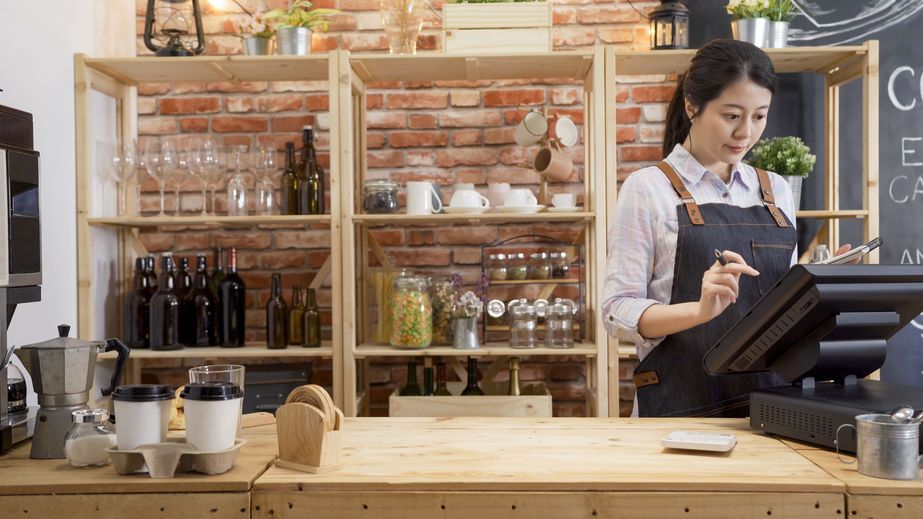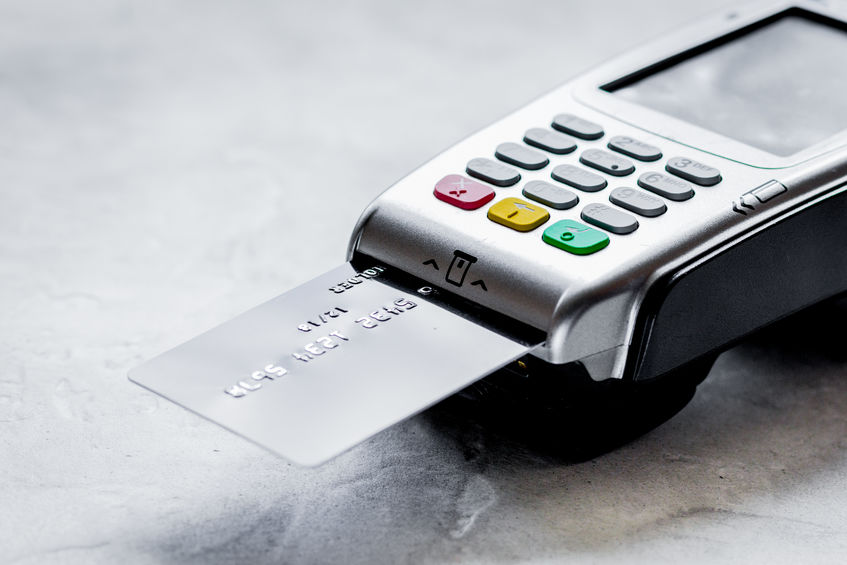How COVID-19 is Impacting Online Shopping
The outbreak of SARS-CoV-2, more commonly known as COVID-19, has cast the world into disarray in seemingly record time. From the gutting of financial markets to forced quarantines and social distancing rules, the impact the virus is having on the lives of people all over the world can’t be overstated. The high-contagion factor and rapid spread of COVID-19 have seen it spread much faster than previous contagions like SARS or MERS, and that rapid spread has also caused some major shifts in consumer shopping behavior. While some changes – like the panic-buying of toilet paper and bottled water – are not rational, most make total sense considering the restrictions being put in place and the general caution surrounding COVID-19’s spread.
A major shift to online shopping is one of the behavioral change that is easiest to understand. Many states and municipalities have ordered citizens to stay at home unless going out is absolutely necessary, and legislation has been drafted ordering non-essential businesses to either close-up shop temporarily or to go remote where possible. Those orders, combined with people’s hesitation to go out into potentially busy public spaces make the shift to increased online shopping only natural.
As a result, eCommerce transaction volumes were up 74% in March over 2019, with some industries like online gaming seeing even larger boosts. But one of the most interesting things about the pandemic-based eCommerce shift is how significantly it’s impacted some other retail categories that are traditionally dominated by in-person, brick-and-mortar shopping.
Categories Seeing Major Growth During the Pandemic
Online Grocery Shopping
Groceries are a necessity that people don’t have the option of choosing to go without during the pandemic, so it’s no surprise that grocery delivery has exploded. But while some people are turning to phone-in ordering from local grocers, an enormous number are now ordering their groceries online – far more than at any point in the past. An RBC Capital Markets study found that 55% of respondents said they’d purchased groceries online in March 2020. Compare that to just 36% in 2018, and the magnitude of the shift is clear.
Health and Safety Products
There were early runs on many health, safety, and sanitary products on store shelves at the outset of the COVID-19 outbreak in the U.S. The panic buying of items like toilet paper and hand sanitizer was well-publicized, but the rapid increase in demand also covered everything from disposable masks to rubber gloves, first-aid kits, and beyond. Masks, in particular, saw sales growth of over 300%. As supply chains have struggled to keep these items in stock on store shelves, many consumers who would normally never consider buying something like a bottle of hand sanitizer or disposable diapers online found themselves turning to major online retailers to meet their needs. The demand was so high that Amazon opened a special section on its site to enable healthcare workers to get urgent supplies without having to compete with the public.
How You Can Protect Your Store’s Health During the COVID-19 Outbreak
Closures and slowdowns due to the coronavirus have increased the pressure on businesses to levels not felt since the Great Recession of 2008, and countless small businesses will unfortunately not make it out the other side of the crisis. So, with an understanding of the shifting trends in consumer behavior, what can you do to safeguard your own business and minimize the damage sustained during this time of uncertainty?
Ensure You’re Offering a Frictionless Online Shopping Experience
First and foremost, if you’re not already operating an eCommerce store, you need to get online right away. If you’re already selling on the web, now is the time to ensure that the shopping experience your store offers to your customers is as smooth, frictionless, and enjoyable as possible. Unless you sell an extremely unique product, you can’t afford to have shoppers choose to go with a competitor who offers a better user experience, so take your store’s design and function seriously. Research your competitors and approach their sites as if you were a neutral customer – where would you shop? With times as tight as they are, capital might not be available for site redesigns, but the odds are the eCommerce platform and shopping cart systems you already use offer UX improvement tools that you haven’t yet engaged.
Reassure Your Customers Where Possible
People are understandably worried about the possibility of contracting the virus or spreading it themselves. While online shopping has seen a big boost, there are still plenty of people out there worried about receiving packages, since the virus can potentially survive on surfaces for days. You need to reassure your customers that shopping with you is safe, and one of the best ways to do that is simply to make a highly-visible statement available on key areas of your site like the home and checkout pages. Link to the best information currently available from organizations like the CDC, who say the risk of transmission through the mail is unlikely and offer guidance on handling deliveries.
Offer Modified Pickup Options for Local Customers
One excellent way to boost local business is to offer customers in your area the option of ordering online and forgoing standard shipping in favor of curbside pickup options. This provides customers with a hybrid online and in-person shopping experience that also allows them to observe safe social distancing guidelines to help keep the virus at bay. But keep in mind that doing curbside pickup at your retail location may be in violation of certain emergency orders, so be sure to check with your state or municipality first to ensure offering pickup for online orders won’t get you into hot water.
Protect Your Financials by Minimizing Transaction Costs
While the preceding tips will help you minimize the damage done to your order volume and customer access, the reality is, your business is likely to see at least some slowdown over the course of the pandemic. That makes it more important than ever for you to protect the profit you earn on each and every transaction, as even a loss of a dollar or two per order can make a difference. One of the best ways to do that is to reevaluate your current merchant services to ensure you’re not over-paying on transaction fees. Moving to a processor who offers a highly-transparent, low-fee model like interchange-plus pricing has the potential to save you a significant amount of money on your online orders. That’s especially true considering the possibility that COVID-19 could still be around well into the summer or even fall, and it might take a while for consumer buying patterns to return to normal.
BAMS offers interchange-plus pricing to all of our merchants, in addition to a wide variety of services ranging from fraud and chargeback protection to next-day funding, and beyond. We offer a unique five-point price comparison in which a member of our team will go over your current merchant statement line-by-line and show you exactly where our guaranteed low-pricing will save you money. To get started on your five-point price comparison and find out how BAMS can help reduce your costs, visit BAMS.com today.




